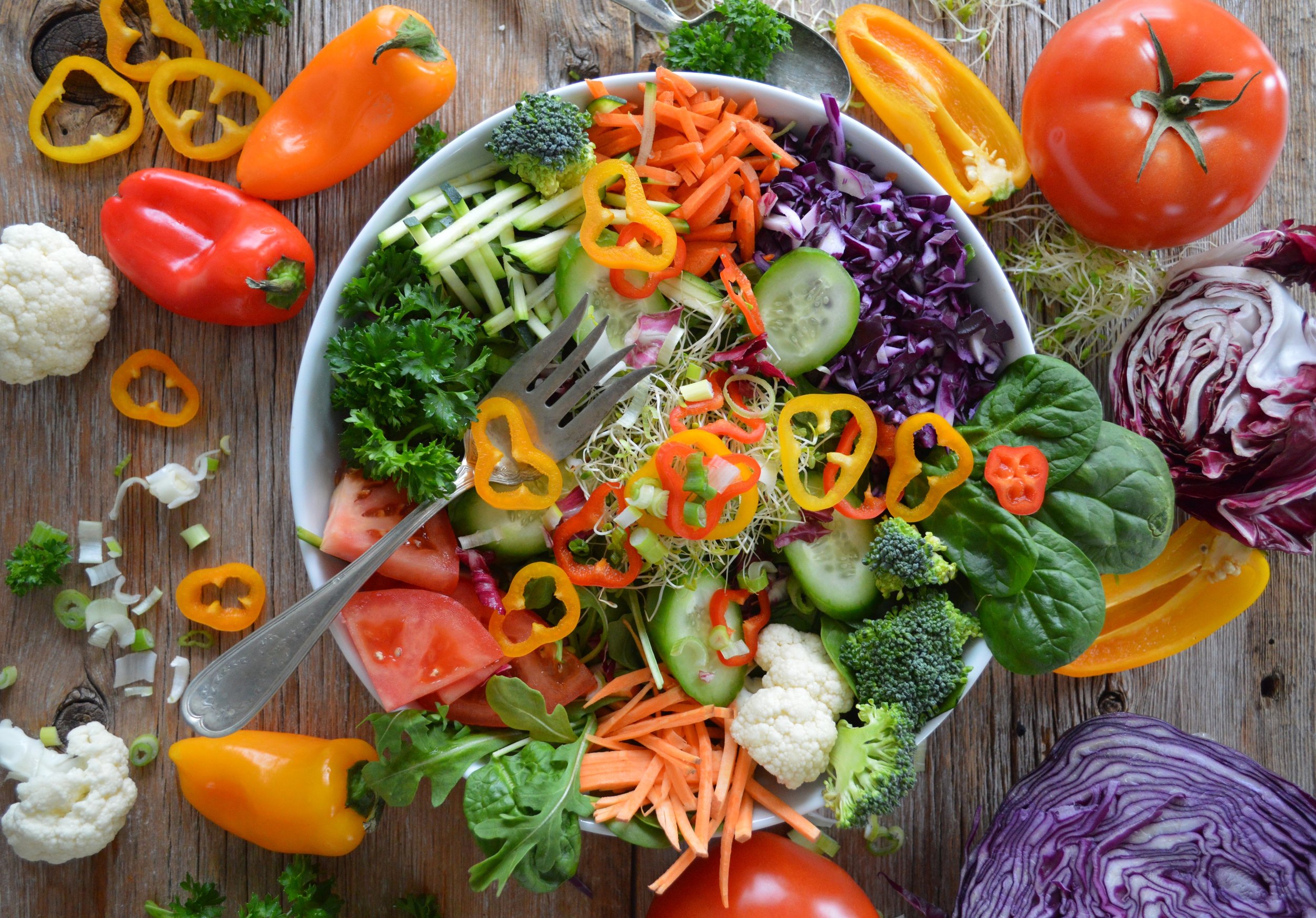The Worst and the Best Passover Breakfast Foods
/Passover presents many challenges when it comes to certain meals. Breakfast, in particular, can be a challenge, especially if you have kids.
What, you may ask, is there to eat for breakfast on Passover?
The Truth About Passover Cereals
Are Crispy O’s and Crunchios Healthy?
Crispy O’s and Crunchios are the traditional go-to breakfast option for many families during Passover. These product are billed as “rich and delicious,” with no preservatives, no gluten, no cholesterol, no fat and very little sodium. But that is beside the point. Healthy and nutritious they are not!
Passover Cereals: The Worst for Your Kids
In fact, Passover cereals are among the absolute worst foods that you could feed your precious children. They are loaded with potato starch, sugar, tapioca starch, emulsifiers, artificial flavors (such as Vanillin) and, depending on the “flavor”, artificial colors such as caramel color and FD&C colors (Red #40, Yellow #5 & Blue #1). I would also argue that they taste like cardboard – but that is my opinion.
Instead of feeding your kids refined cardboard, there is a tremendous opportunity to make healthy and nutritious breakfasts. This can be done almost entirely with the foods that you already have in your Passover kitchen.
Healthy Breakfast Alternatives on Passover
Here are some starter ideas that use easy-to-find raw materials:
Smoothies with Gefen almond milk (or you can even make your own homemade almond milk!), cashews, frozen fruit and fresh greens
“Matzo” rolls made from almond flour and psyllium husk, with some butter or coconut oil (you can also stuff them with homemade guacamole. It is heavenly!)
Matzo farfel made of crumbled spelt matzo with almond milk
Spelt matzo with salt and coconut oil (in lieu of butter, for vegans)
Hard boiled eggs with homemade mayonnaise
Plain yogurt with frozen fruit and maple syrup (Costco sells organic frozen fruit that is kosher for Passover without extra certification)
Homemade granola (using pieces of matzo in places of oats)
Homemade applesauce with cinnamon
Homemade mizuna pesto or basil pesto with matzo
Crunchy Chocolate Quinoa (yes, this is so nutritious that you can serve it for breakfast!)
Some of these are quick and others require more time. However, they are all very simple to prepare.
The “Bitter Herb Smoothie”
Today, I invented a new smoothie with ingredients in my fridge. I call it the “Bitter Herb Smoothie,” because I used a delicious bitter herb called mizuna that we had left over from our Seders.
What is Mizuna?
Mizuna is a highly nutritious dark leafy mustard green from Japan. It has been used in herbal medicine for thousands of years to aid in digestion and stimulating the appetite. It is nutritionally dense and high in antioxidants. It may also function as a liver tonic, in part due to its ability to increase the flow of bile. Mizuna can be used as a substitute for kale, spinach and collard greens.
(Interesting note: The seeds from Mizuna plants are used to make Dijon mustard!)
Why are Fruits Good in a Smoothie?
Fruits provide a quick source of energy and digest quickly. In addition, the Fuji apple and red dragon fruit are also high in antioxidants and fiber and contain lots of water, so you and your kids will feel hydrated all morning.
The Ingredients
Here is the recipe:
1 cup homemade almond milk
1 cup mizuna (Japanese mustard green)
1/4 cup raw organic cashews
1/2 cup frozen dragon fruit
1/2 Fuji apple
1/2 avocado
Blend in a high-speed blender for 60 seconds.
This smoothie could certainly use some tweaking. But it solved a need very quickly and has kept me satisfied, energetic and hydrated for several hours!
Make It Messy!
Avoiding those packaged Passover cereals is an opportunity, not a reason to stress over breakfast.
On the other end of that decision: When concocting a new breakfast food for this Passover week, don’t be afraid to make it messy. Better to do it messy than to not do it at all!
Happy Passover!




